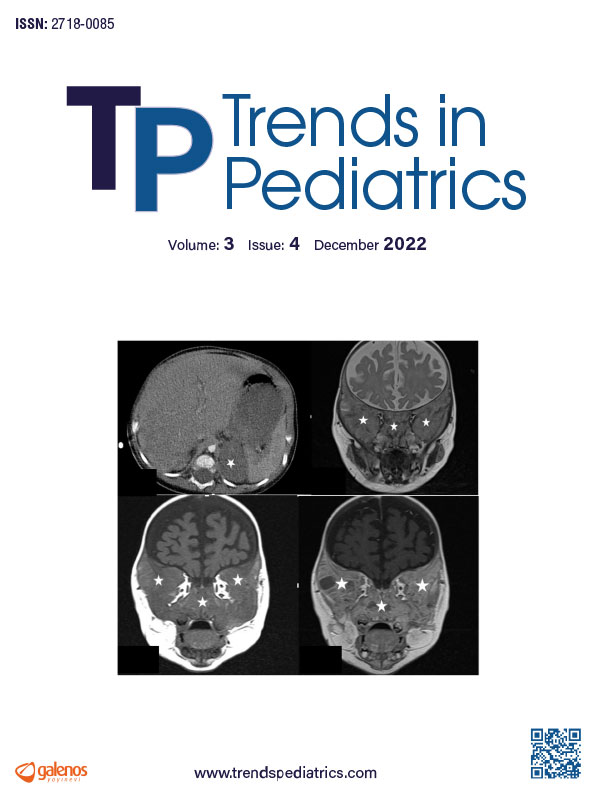Abstract
Infants born with genitals that do not appear typically male or female, are classified as having a difference/disorder of sex development (DSD). The current terminology and classification of DSD was established as suggested in the Chicago consensus statement in 2006. According to this consensus, patients with a DSD diagnosis are divided into three karyotype-based subgroups: 46,XY DSD; sex chromosome DSD, and 46,XX DSD. A newborn with DSD must be evaluated timely by a multi-disciplinary team including endocrinologist, psychologist, and urologist. The reason for this is two-fold: 1st to assign an appropriate sex of rearing to the infant based on the etiology of the condition and associated medical and psychosexual outcomes, and 2nd to detect any underlying life-threatening disorder if present. Neonates with ambiguous genitalia have various clinical presentations, etiologies, and outcomes. Furthermore, family adjustment and the degree of involvement of health professionals in psychosocial aspects of the condition affect health-related quality of life more than other congenital problems in DSD. For this reason, establishing correct communication with the patient and his/her family and providing appropriate information play a central role in DSD management and correct diagnosis and correct treatment. This review provides some clinical clues about the history, physical examination and laboratory and imaging characteristics of a newborn with DSD, which can allow for timely diagnosis, treatment and family counseling. We also emphasize some important points for an appropriate initial communication with the family of a patient with DSD.
Keywords: Disorders of sexual development, atypical, ambiguous, genitalia
Copyright and license
Copyright © 2022 The author(s). This is an open-access article published by Aydın Pediatric Society under the terms of the Creative Commons Attribution License (CC BY) which permits unrestricted use, distribution, and reproduction in any medium or format, provided the original work is properly cited.














